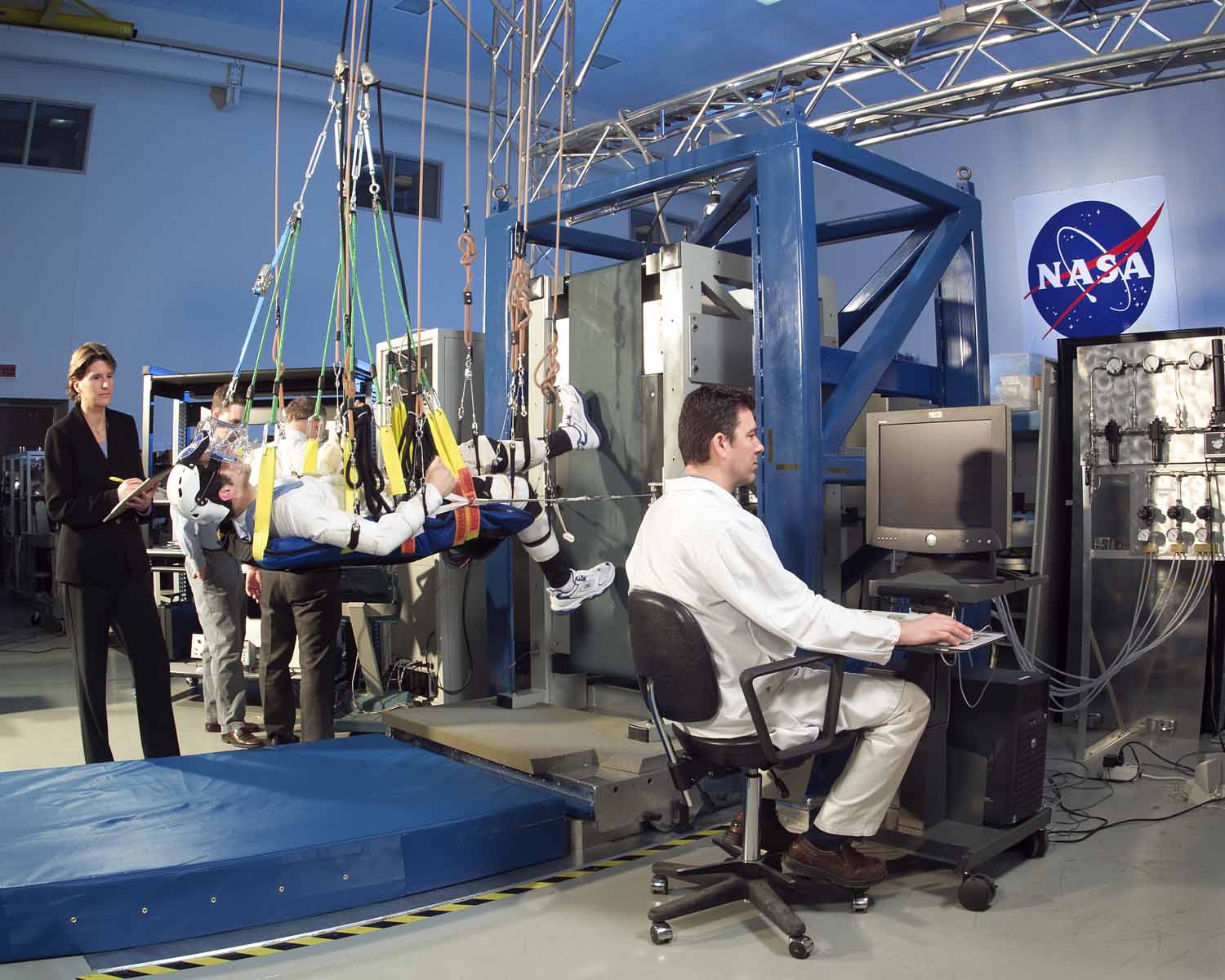Health and Medical Benefits from the NASA Space Program

On July 20, 2019, we celebrated the 50th anniversary of Apollo 11’s landing on the moon. Commander Neil Armstrong led a team of astronauts and carried the hopes of a nation on this tremendous expedition. I was very young when this important event occurred, but I grew up knowing Commander Armstrong’s name and how this American conquest supported a belief that anything is possible.
This day is often reminisced by the now famous words Commander Armstrong spoke as he placed his left foot on the Moon: “That’s one small step for man, one giant leap for mankind.” The mission was an astounding success for the growth of NASA’s program and was the catalyst for many of the advances in health and medicine over the last few decades. Here are a few additional steps from our multi-decade space program you may find interesting:
Cochlear Implants
In the 1970s, a hearing impaired engineer at Kennedy Space Center was disappointed with his hearing aid. Earlier inventions amplified sound but were not clear. He used space technology associated with sound and vibration sensors to produce digital pulses that stimulate the auditory nerve endings and transmit signals to the brain. This device provides a sense of sound for a person with hearing deficiencies or who is severely deaf.
Infrared Ear Thermometers
This type of thermometer was developed in 1991 through a collaborative effort between Diateck Corporation and NASA’s Jet Propulsion Laboratory in Pasadena, California. While on a mission, an Infrared Astronomical Satellite (IRAS) was used to measure the temperature of stars and planets by reading infrared radiation they emitted. The technology transferred to the infrared ear thermometer used to measure body temperature based on energy emitted from the eardrum.
Cardiac Pumps
A number of individuals are in need of a heart transplant and there are not enough donors to support the need. A collective effort amongst Johnson Space Center and heart surgeons at Baylor College made use of fluid dynamics to model the flow of fuel through rocket engines; researchers aligned this to analyze the flow of blood through the body. The device was first implanted into a 56-year-old male in 1998. The advancement produced a cardiac device that pumps blood throughout the body to keep patients alive while they wait for an available heart.
NASA has a profound impact on our everyday lives. Many individuals young and old have benefited from that initial mission 50 years ago. The small step by Commander Armstrong and his team, supported by almost half a million staff at NASA, have improved the quality of life for some and saved the life of others. We owe them a great deal of gratitude for their courageous effort and their contributions to mankind.
share this post: